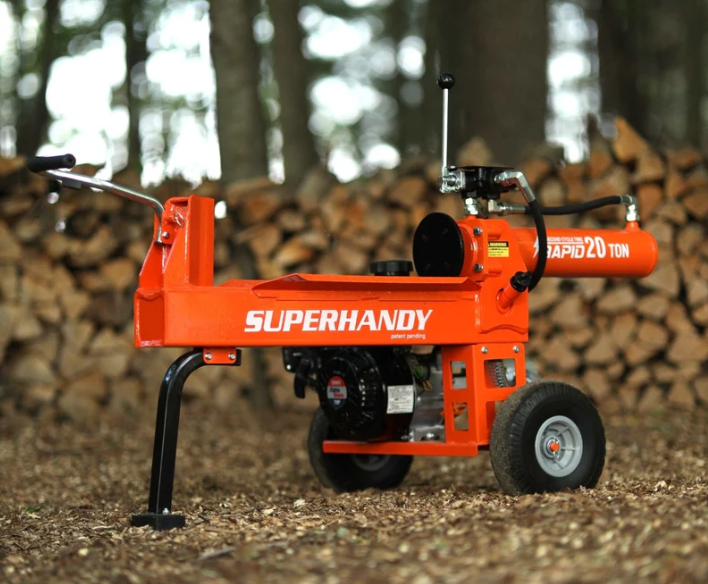
You must treat log splitter safety as your top priority. Always stay alert and follow all safety rules. Never skip safety checks before using a log splitter. Use the instructions from the manufacturer every time. Remember, you protect yourself and others by practicing safety with every log splitter job.
Key Takeaways
Always read the log splitter manual and inspect your machine before use to prevent accidents and ensure safe operation.
Wear proper safety gear and keep your work area clean and clear to protect yourself from injury while splitting logs.
Operate the log splitter carefully by positioning logs correctly, using controls safely, and staying clear of moving parts at all times.
Preparation
Read the Manual
You should always start by reading the operator’s manual for your log splitter. The manual explains how your specific log splitter works. It also lists important safety rules. If you use manual log splitters, you will find special instructions for those models. Never skip this step. The manual helps you avoid mistakes and keeps you safe.
Inspect the Log Splitter
Before you use your log splitter, check it for any damage. Look for leaks, cracks, or loose parts. Make sure all bolts and nuts are tight. If you see any problems, fix them before you start. A damaged log splitter can cause accidents. You protect your safety and the safety of others by inspecting your equipment every time.
Set Up Work Area
Choose a flat and stable surface for your log splitter. Clear away rocks, branches, and other objects. Keep your work area clean and dry. Make sure no one stands close to the log splitter while you work. Bystanders should stay at a safe distance. A good setup helps you focus on safety and makes your job easier.
Wear Safety Gear
Always wear the right safety gear. Put on safety glasses to protect your eyes from flying wood. Wear gloves to keep your hands safe. Use sturdy boots to protect your feet. Never wear loose clothing near a log splitter. Safety gear reduces your risk of injury and helps you work with confidence.
Tip: Double-check your safety gear before you start. Proper gear is your first line of defense.
Log Splitter Operation
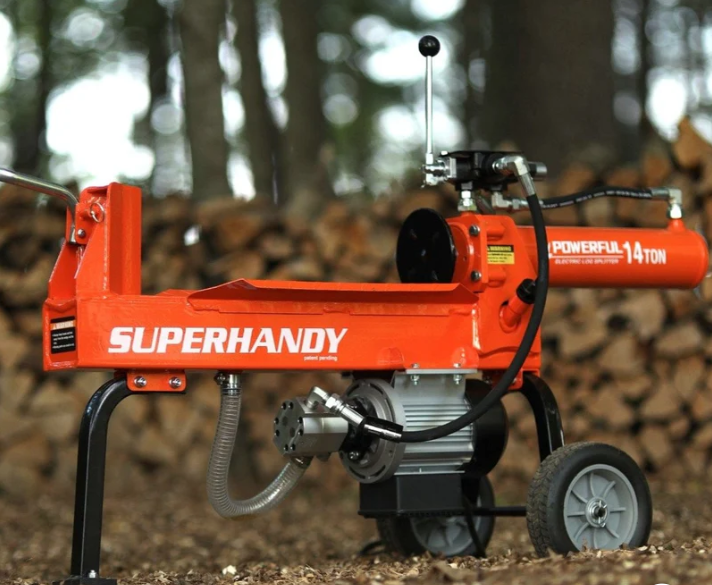
Position the Log
You must focus on log positioning before you start splitting wood. Place each log flat on the log splitter beam. Make sure the cut ends face the wedge. Never try to split logs that are too long or too short for your machine. Use both hands to steady the log, but keep your fingers away from the wedge and moving parts. Good log positioning helps you avoid jams and keeps the log from slipping. If you use gas-powered log splitters or hydraulic log splitters, always check the manual for the best way to set up the log. Proper log positioning is a key part of safety when splitting wood.
Tip: Always check that the log sits flat and stable before you activate the log splitter. A wobbly log can cause accidents.
Use Controls Safely
When operating the log splitter, use the controls as the manual describes. Never bypass safety features or try to speed up the process. Each control has a purpose for your safety. Use slow, steady pressure when you start splitting wood. If you need to lift heavy logs, bend your knees and keep your back straight. This lifting method protects your body and helps you keep control of the log. Only trained adults should use the log splitter. Children and untrained people should never operate the machine.
Always keep your hands on the handles or controls.
Never reach across the log splitter while it runs.
If you use a foot pedal, keep your foot in place until the cycle ends.
Keep Clear of Moving Parts
You must keep your hands, feet, and clothing away from all moving parts. The wedge and ram move with great force. Even a small mistake can cause serious injury. Never wear loose clothing or jewelry when you use a log splitter. These items can get caught in the machine. Always stand to the side of the log splitter, not in front of the wedge. This position keeps you safe if the log breaks or slips.
Note: Bystanders should stay far from the log splitter during operation. Only the operator should be near the machine.
Handle Stuck Logs
Sometimes a log may get stuck during splitting. If this happens, turn off the log splitter right away. Never try to remove a stuck log while the machine runs. Wait until all moving parts stop. Use a wooden stick or tool to free the log. Never use your hands. If you cannot remove the log, check the manual for advice. Stuck logs can be dangerous, so always follow safety steps.
Disconnect the power before you clear jams.
Never use force or tools that can damage the log splitter.
Inspect the machine after removing a stuck log to make sure it works safely.
Remember: Safety comes first every time you use a log splitter. Careful log positioning, safe control use, and attention to moving parts protect you from harm. Always follow the rules for operating the log splitter and keep your work area clear.
After Use
Power Down
You must always turn off your log splitter when you finish splitting wood. Disconnect the power source before you do any cleaning or maintenance. This step protects your safety and prevents accidents. Wait for all moving parts to stop before you touch the machine. Never try to clear jams or adjust the log splitter while it is still running. You keep yourself and others safe by following this simple rule every time.
Tip: Always double-check that the log splitter is off and unplugged before you start any work on it.
Clean and Maintain
Cleaning your log splitter after each use helps you spot problems early. Wipe down the machine to remove wood chips, dirt, and oil. Regular maintenance keeps your log splitter working well and supports your safety. Manufacturers recommend checking hydraulic fluid, hoses, seals, and blades. The table below shows important maintenance steps:
Maintenance Aspect |
Key Details & Importance |
|---|---|
Hydraulic Fluid |
Check levels and quality; replace if brown or cloudy to prevent damage. |
Pressure & Flow Rate |
Keep within 2500-3000 PSI and 11-14 GPM for best performance. |
Leak Inspection |
Fix leaks quickly to keep pressure and avoid fluid loss. |
Hoses & Seals |
Replace worn or cracked parts to protect the system. |
Blades & Wedges |
Keep sharp for clean cuts and less strain. |
Noise & Pump Condition |
Listen for odd noises; fix issues right away. |
Maintenance Frequency |
Change hydraulic fluid yearly or every 50 hours of use. |
You extend the life of your log splitter and avoid costly repairs by following these steps.
Store Safely
Store your log splitter in a dry, secure place. Keep it away from children and pets. Cover the machine to protect it from dust and moisture. A safe storage area helps prevent rust and keeps your log splitter ready for the next job. Always check that the area is clear and the log splitter is stable before you leave.
Note: Good storage habits support your safety and keep your log splitter in top shape.
Safety Mistakes to Avoid
Common Errors
You can make mistakes when using a log splitter if you do not pay attention to safety. Many people forget to check their safety gear before starting. Some wear loose clothing or jewelry, which can get caught in the log splitter. Others try to split logs that are too large or heavy for the machine. Overloading the log splitter puts you at risk for accidents. Ignoring regular maintenance can also cause the log splitter to break down or leak. Some people skip reading the manual, so they miss important safety steps. You might also forget to keep your hands and feet away from moving parts.
Warning: Never let children or untrained people use the log splitter. This mistake can lead to serious injuries.
Prevention Tips
You can avoid most mistakes by following simple safety tips. Always read the manual before you use the log splitter. Check your safety gear every time. Wear fitted clothes and remove jewelry. Only split logs that fit the size and weight limits for your log splitter. Keep your work area clean and free of clutter. Perform regular maintenance to keep your log splitter in good shape. Stay alert and never rush the job. Keep bystanders at a safe distance. If you notice any problem with the log splitter, stop and fix it before you continue.
Mistake |
Prevention Tip |
|---|---|
Loose clothing |
Wear fitted clothes |
Overloading |
Follow log size limits |
Skipping maintenance |
Check and maintain regularly |
Ignoring manual |
Read before each use |
Unsafe work area |
Keep area clean and clear |
Tip: Make safety your habit. Every time you use a log splitter, follow these steps to protect yourself and others.
You protect yourself by following each log splitter step. Always read the manual, check your log splitter, and wear safety gear. Use careful operation and finish with safe storage. Make safety your habit. Regular maintenance keeps your log splitter ready. Never ignore safety rules or skip important checks.
FAQ
How often should you check your log splitter for maintenance?
You should inspect your log splitter before each use. Regular checks help you find leaks, loose parts, or damage early.
Can you split logs in wet or rainy weather?
Splitting logs in wet weather is unsafe. Wet surfaces cause slips and reduce machine stability. Wait for dry conditions to keep yourself safe.
What should you do if your log splitter makes strange noises?
Problem |
Action |
|---|---|
Stop the machine. Check for loose parts or damage. Read the manual for troubleshooting steps. |


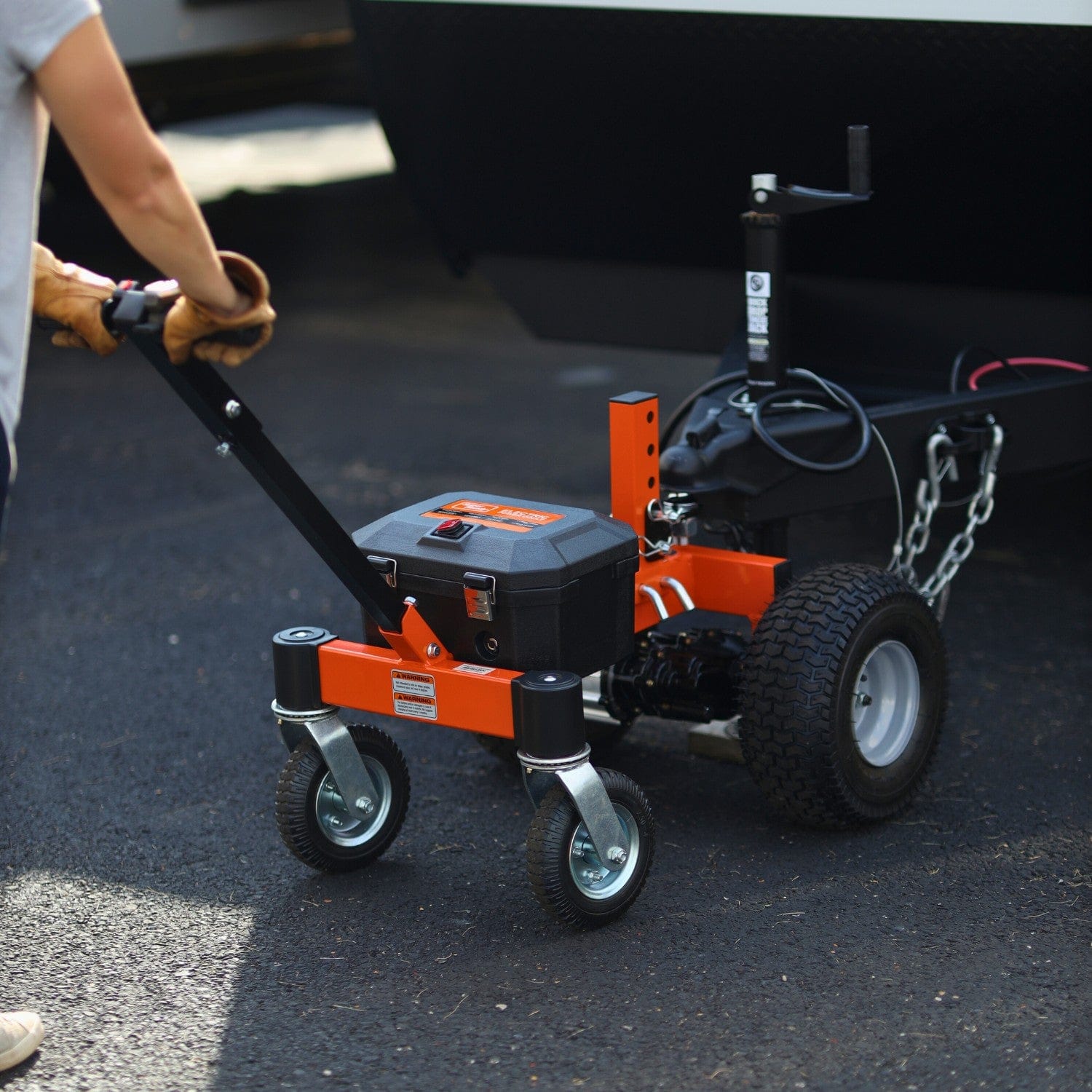
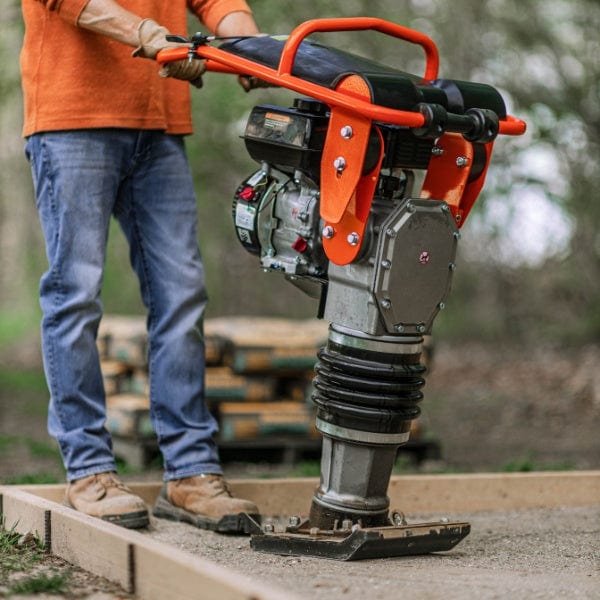
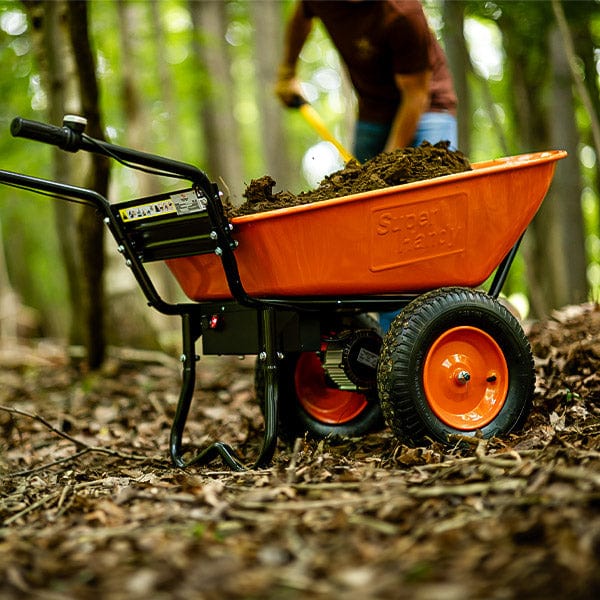



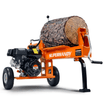
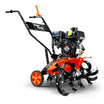
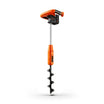
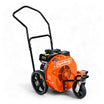
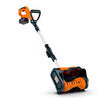
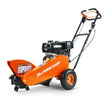
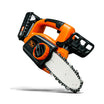
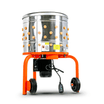
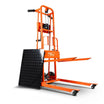
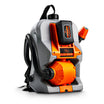
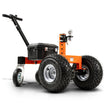
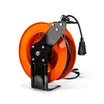
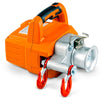
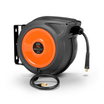
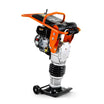
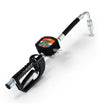

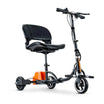
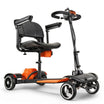
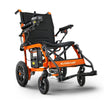
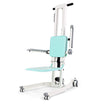

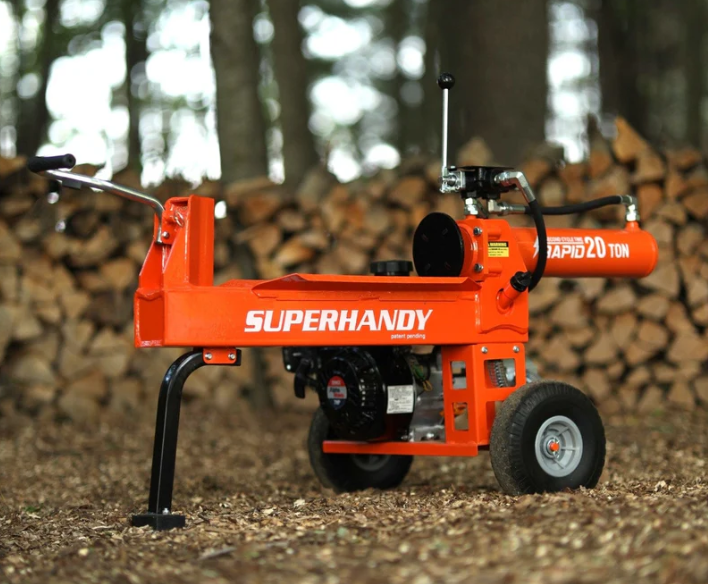
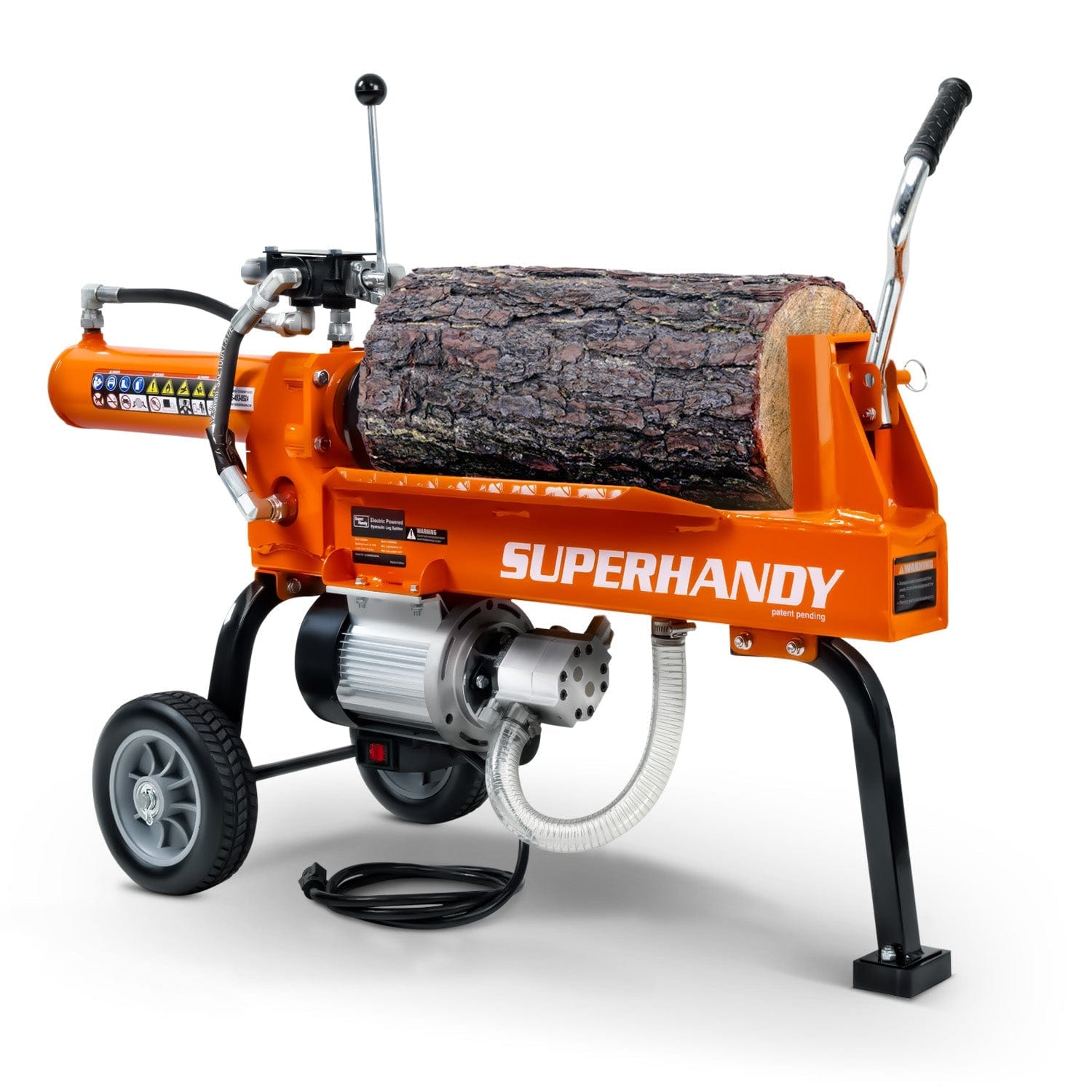
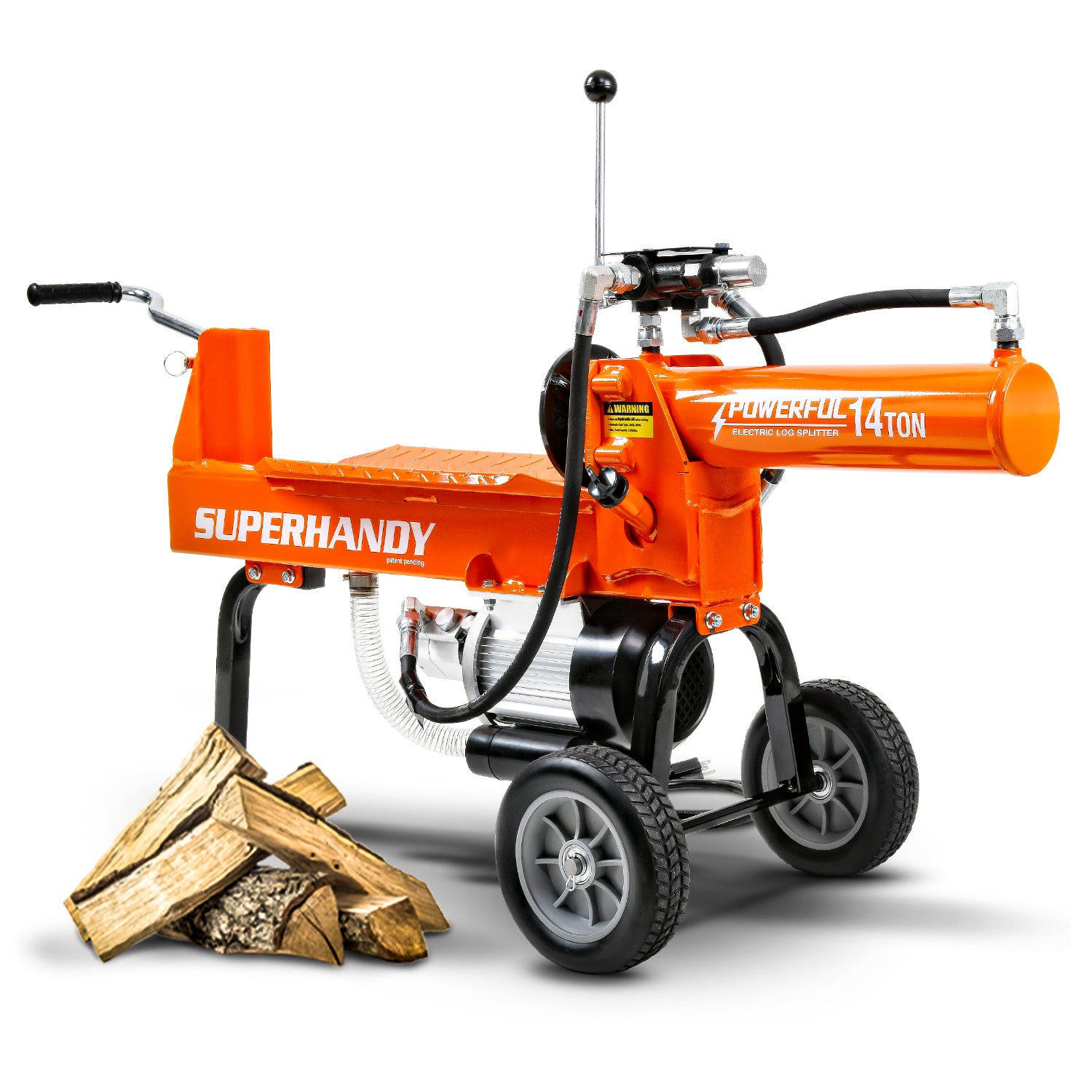
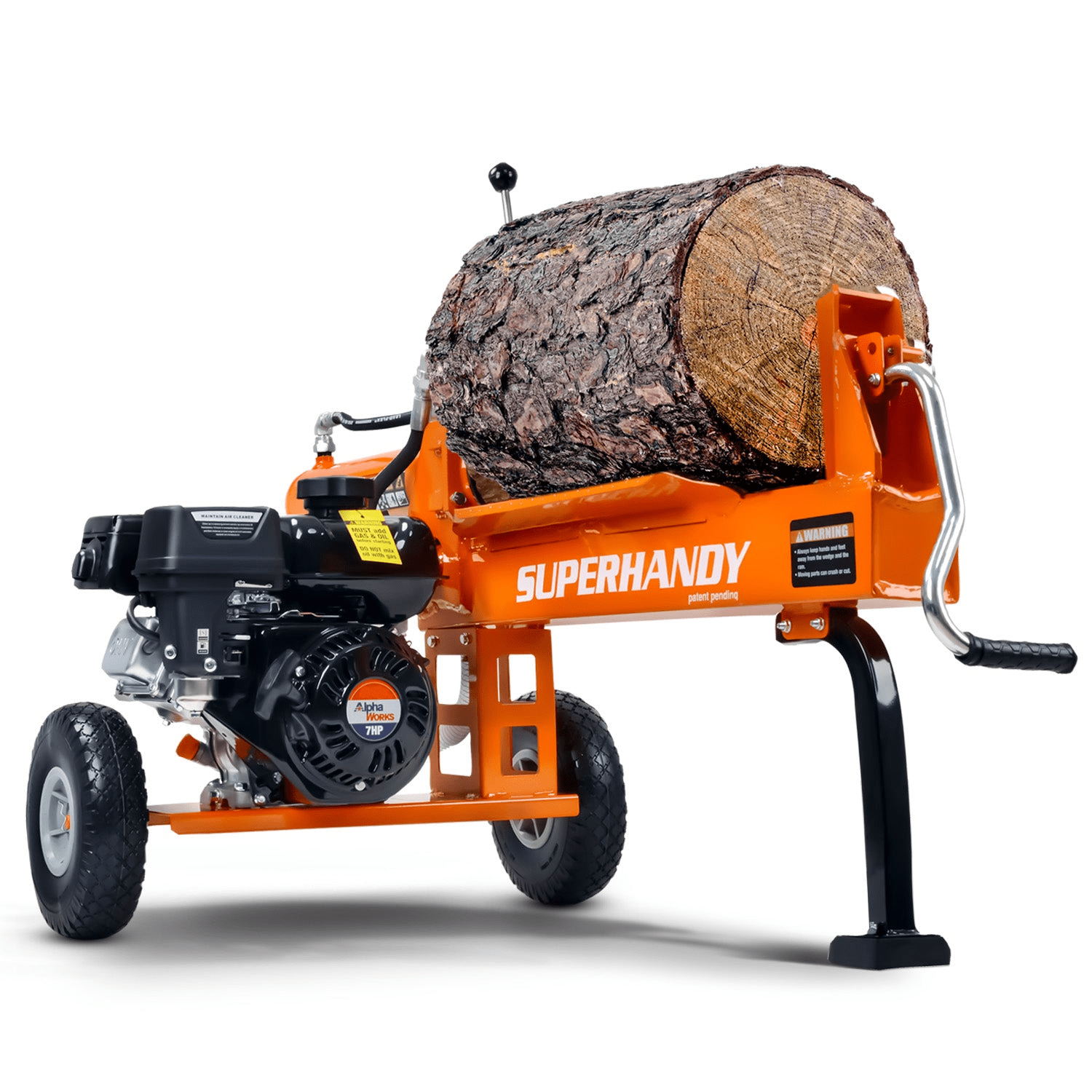
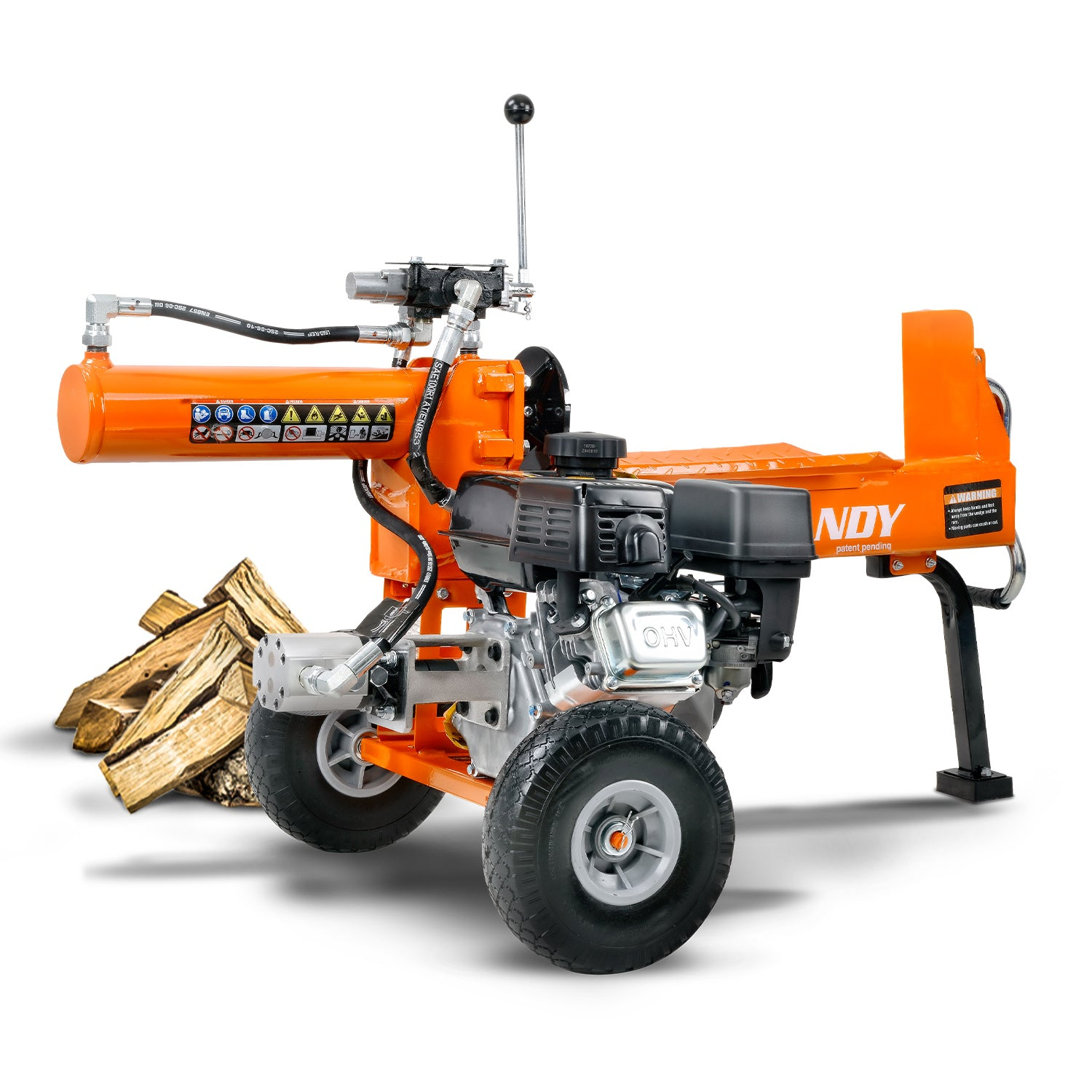
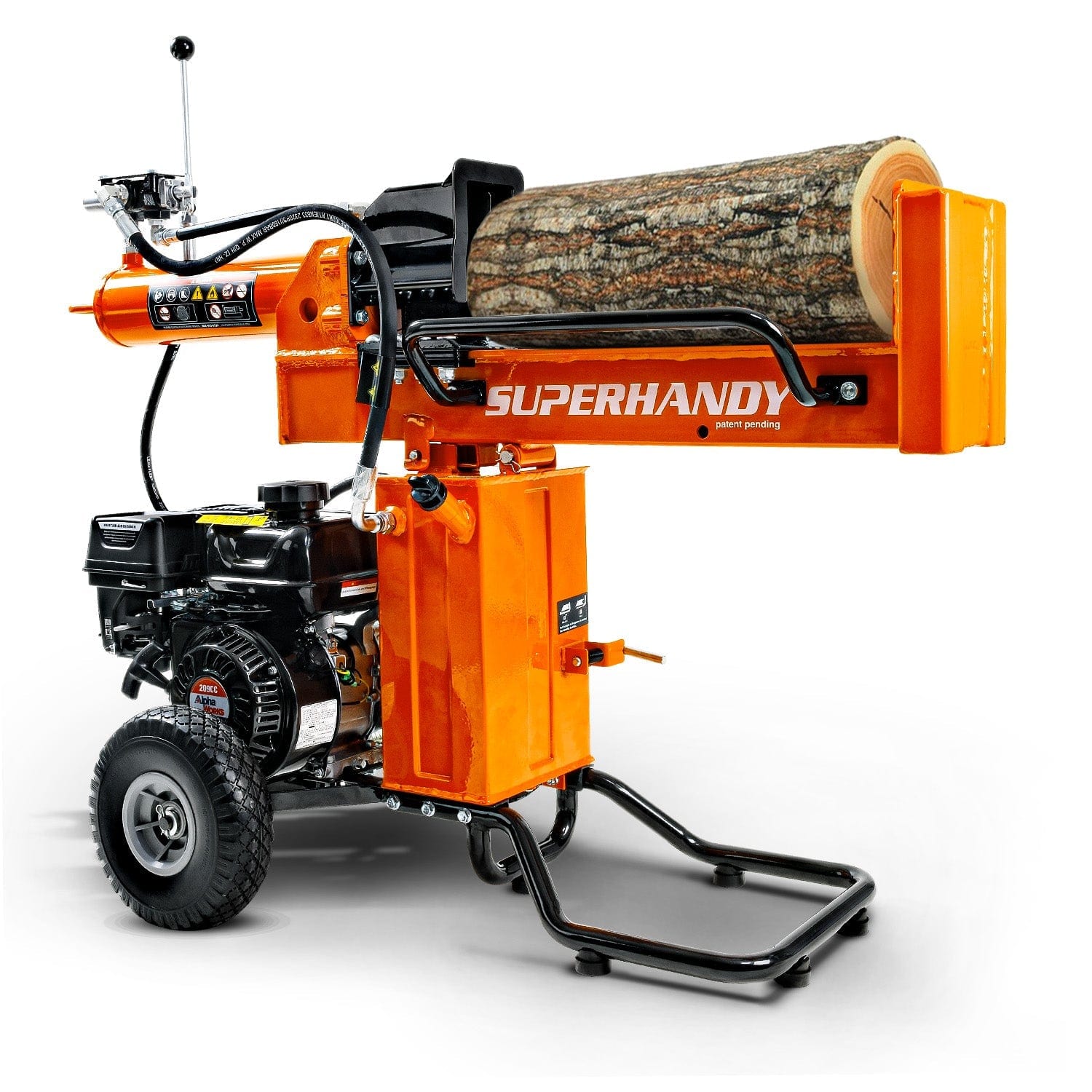
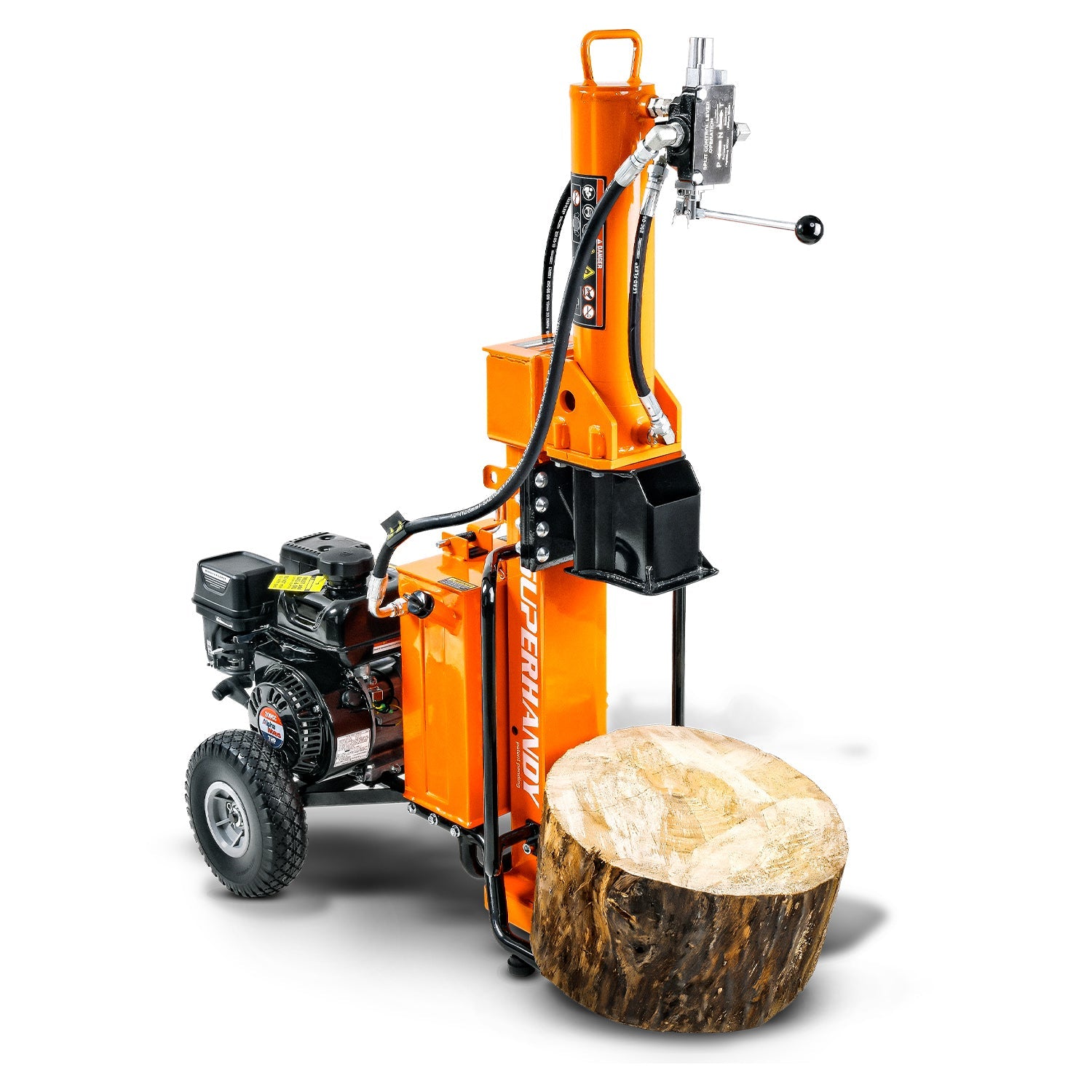

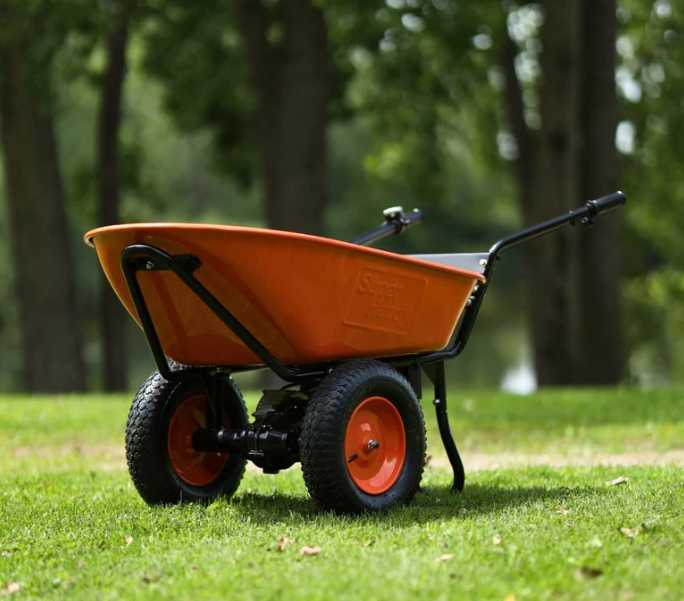
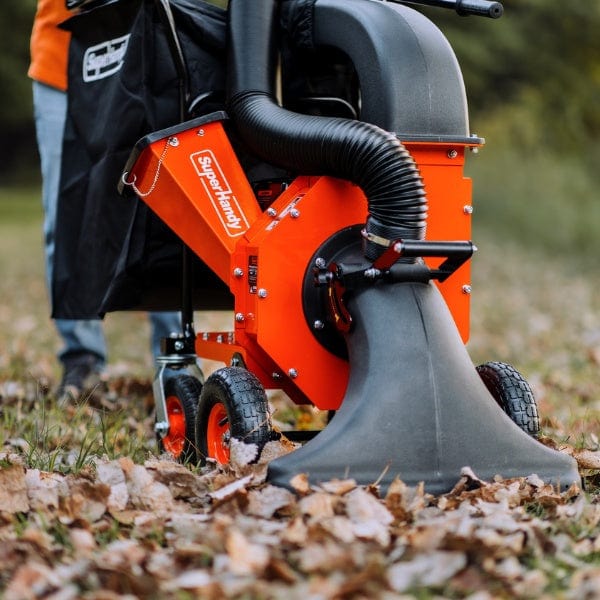
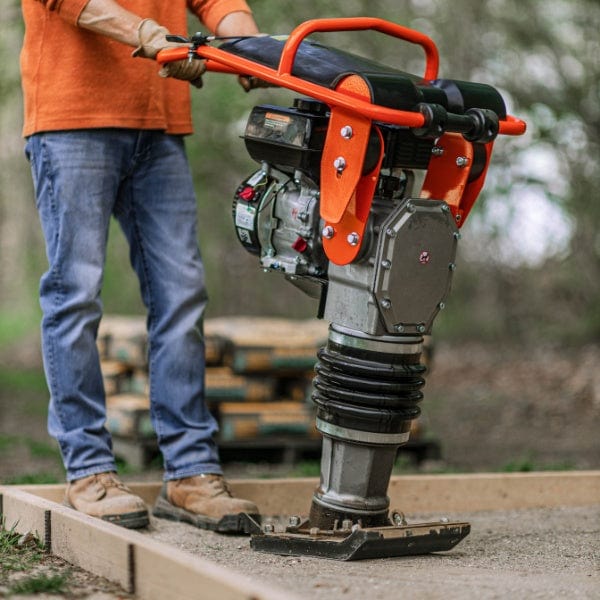

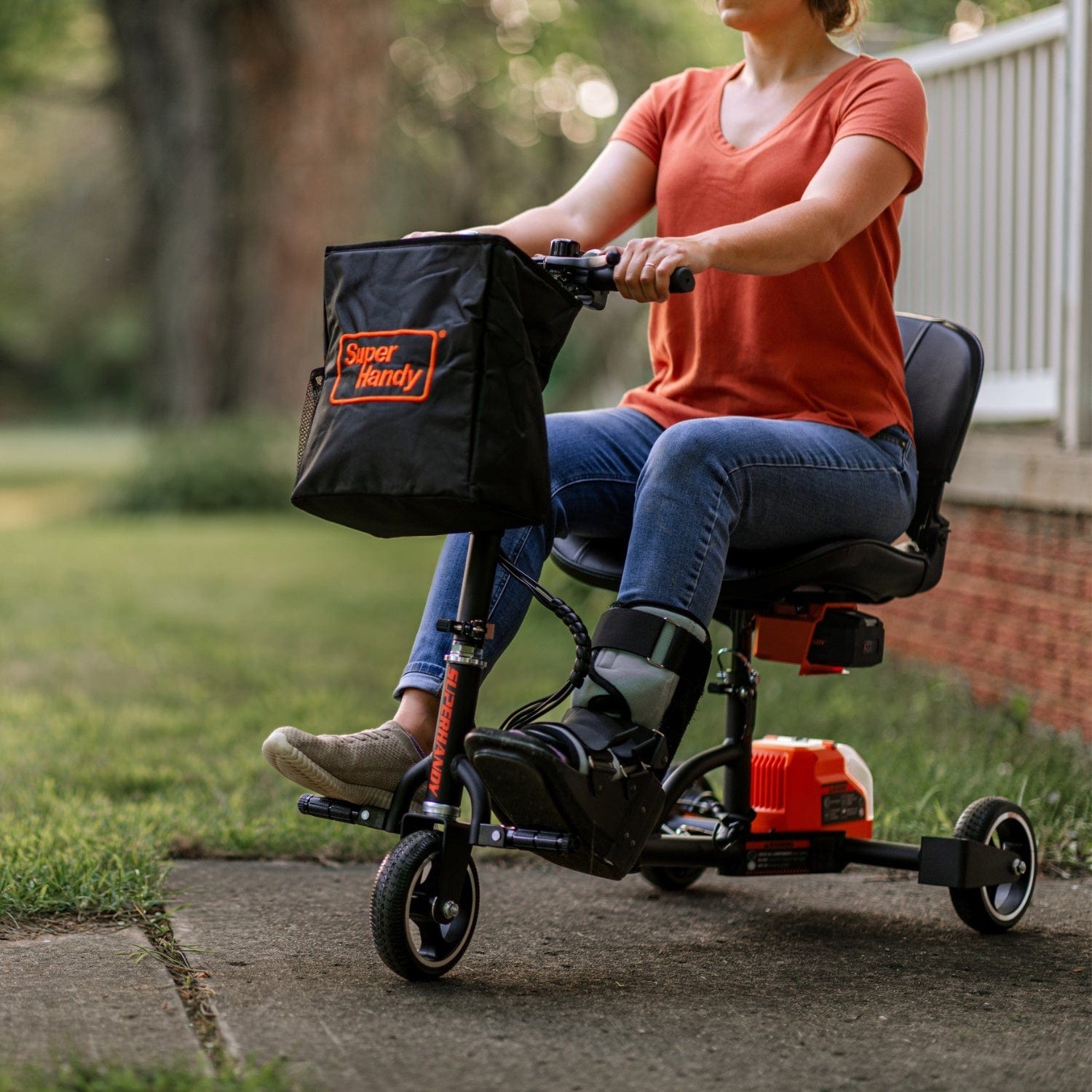
Leave a comment
All comments are moderated before being published.
This site is protected by hCaptcha and the hCaptcha Privacy Policy and Terms of Service apply.